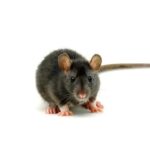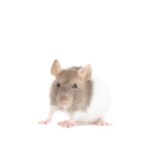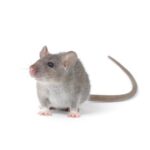How Do Rats Fit Through Small Cracks and Holes?
Rats have developed unique physiological traits to fit through small cracks and holes. Because they live near the bottom of the food chain, they have to be able to squeeze through tiny gaps. This is not possible for animals above the food chain, because they’re much larger. Because of their size, larger animals can’t squeeze through small gaps, and smaller ones can’t fit through the same gaps as larger animals.
Rats have whiskers, which help them gauge the size of a hole. This helps them determine whether a small hole is large enough to accommodate their bodies. If they think the hole is too small, they may dart around the hole. However, if a hole is large enough for them to fit through, they will go through it.
Rats are small but have strong jaws, which enables them to squeeze through small holes. This trait is also an adaptive trait. Rats have a cylindrical body with a narrow shoulder and pointed head. This allows them to fit through small cracks, which is one of their main survival mechanisms.
Another trait of rats that makes them fit through small cracks and holes is their flexibility. Although many people believe that rat bones are collapsible and bendable, this is not the case. Rats have a skeletal system that is made up of bones, joints, and cartilage. These structures allow them to squeeze through small holes and gaps.








